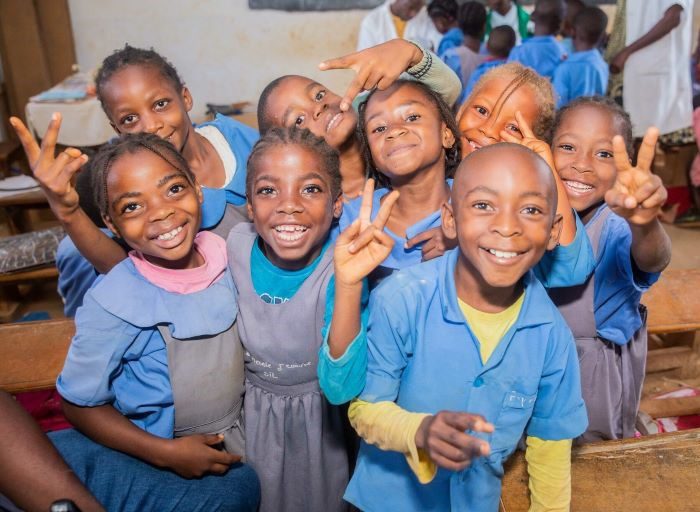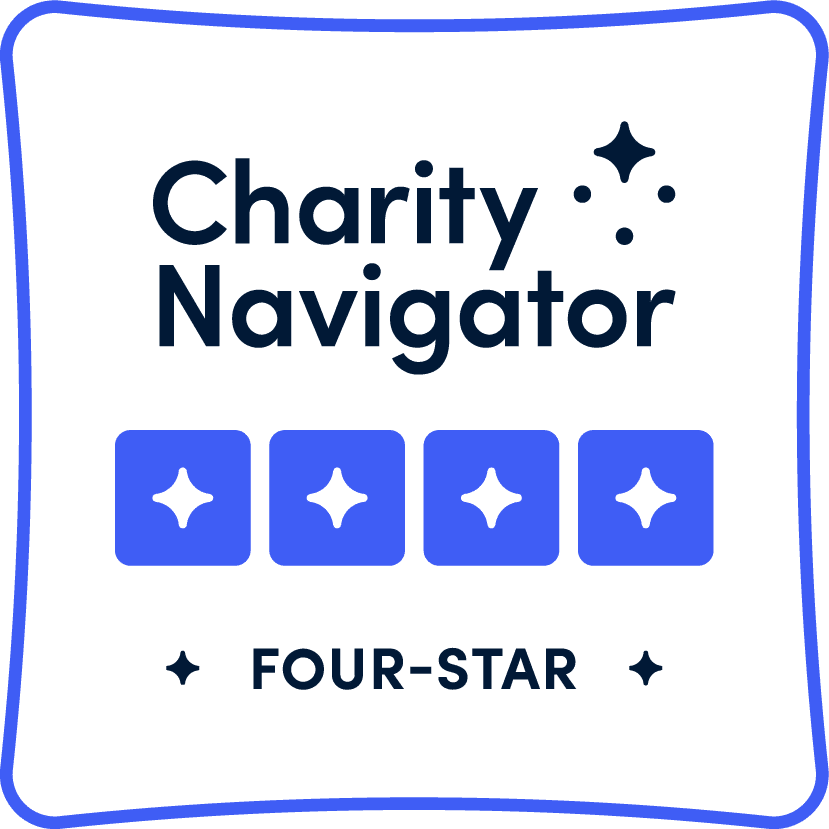Ensuring That Nasya is Included
When the bell rings long and loud at Gandaria Selatan 01 Elementary School, it’s a signal that the flag-raising ceremony is about to begin. Thirteen-year-old Nasya Ramadhany, dressed in her red and white uniform, eagerly joins her fellow students in gathering outside for the daily ritual.
But unlike her classmates, Nasya was born with an intellectual disability, which means that there are limitations in her capacity to learn and to develop social and practical skills. Yet she dreams of one day having a chance to be the flag-raiser — a prominent role to which students at the school aspire. As proof of this sincere wish, Nasya has memorized the Indonesian national anthem and other songs that are sung during the ceremony.
Nasya had previously attended a private school, but it was not properly equipped to accommodate students with disabilities. In 2013, however, her parents had the opportunity to enroll her in a public school that participates in the special inclusive education program implemented by Helen Keller International with funding from the Fossil Foundation.
“Previously, Nasya had difficulty interacting with others when she was not in a good mood. She would refuse to enter the classroom even though the bell had rung. Now, she comes in right along with her classmates. All her teachers understand her condition and treat her very well,” says Nasya’s mother.
The Indonesian Ministry of Education estimates that, in 2016, 1.6 million of the country’s children under the age of 18 had a moderate to severe disability. Unfortunately, fewer than 200,000 of them had been enrolled in school. And without efforts to increase inclusivity, children with disabilities, particularly in rural areas, are often left behind.
As a result of Helen Keller International’s partnership with the Indonesian government to expand inclusive education programs — which started in 2003 and combines policy reform, government budget allocations, training, and development of materials — approximately 2,000 public schools out of 140,000 schools overall can now accommodate children with disabilities.
Since changing schools, Nasya has become more socially adept, engaging easily with both her classmates and teachers. She learns through an adapted curriculum that enables her to participate more fully in the classroom experience. Her favorite class is art, where she can sing, color and draw. And it is very possible, the next time students hear the bell ring for the morning ceremony, that it will be Nasya raising the flag.









